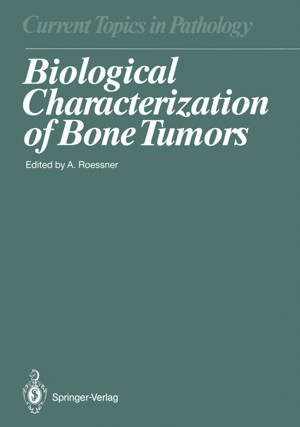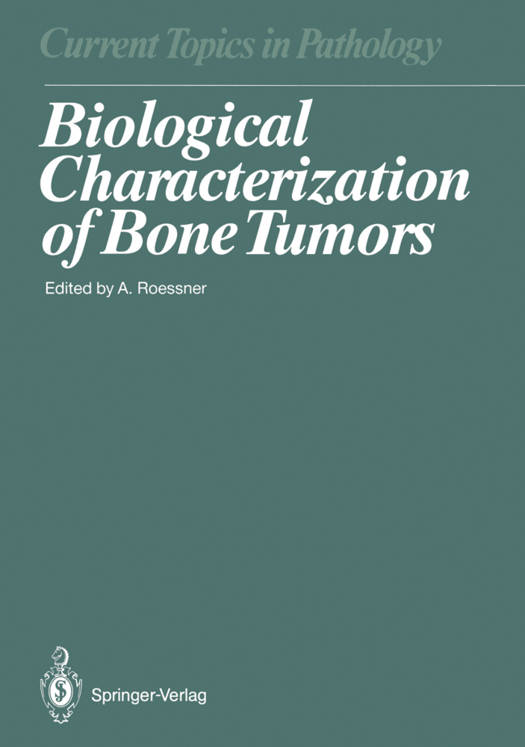
- Afhalen na 1 uur in een winkel met voorraad
- Gratis thuislevering in België vanaf € 30
- Ruim aanbod met 7 miljoen producten
- Afhalen na 1 uur in een winkel met voorraad
- Gratis thuislevering in België vanaf € 30
- Ruim aanbod met 7 miljoen producten
Zoeken
Biological Characterization of Bone Tumors
€ 147,95
+ 295 punten
Omschrijving
During the past few years, a considerable number of monographs on bone tumors have been published. They are mainly restricted to bone tumors as clinical-pathological entities, since their diagnosis, more than that of other tumors, requires the interdisciplinary cooperation between orthopedic specialist, radiologist, and pathologist. However, investiga- tions concerning the histogenesis of bone tumors are rather limited, although they might be helpful in explaining the unique morphological heterogeneity of tumors of the skeletal system. Furthermore, the histo- genetic approach in the study of bone tumors may facilitate the inter- pretation of the advanced cytobiological methods available for improv- ing classification and diagnosis. Therefore, this volume presents recent pathological advances in the biological characterization of bone tumors. A major chapter deals with the differential diagnosis of Ewing's sarcoma as regards its demarcation from the so-called neuroectodermal tumor of bone. The analysis of the ground substances in bone-forming tumors may be helpful for their classification. Therefore the volume includes a chapter on the biochemical and histochemical analysis of different osteosarcoma types. Recently it has become clear that in addition to different collagen types which are not specific for bone tissue, several bone-specific proteins occur, one of which is osteonectin. Its distribu- tion is obviously important for the classification and diagnosis of osteo- blastic tumors. Proliferative behavior is of major importance for the diagnosis of malignant tumors.
Specificaties
Betrokkenen
- Uitgeverij:
Inhoud
- Aantal bladzijden:
- 234
- Taal:
- Engels
- Reeks:
- Reeksnummer:
- nr. 80
Eigenschappen
- Productcode (EAN):
- 9783642744648
- Verschijningsdatum:
- 22/11/2011
- Uitvoering:
- Paperback
- Formaat:
- Trade paperback (VS)
- Afmetingen:
- 170 mm x 244 mm
- Gewicht:
- 408 g

Alleen bij Standaard Boekhandel
+ 295 punten op je klantenkaart van Standaard Boekhandel
Beoordelingen
We publiceren alleen reviews die voldoen aan de voorwaarden voor reviews. Bekijk onze voorwaarden voor reviews.







